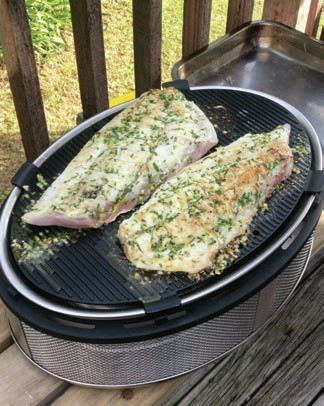UNDERWATER PIG HUNTING
By David DuPavillon
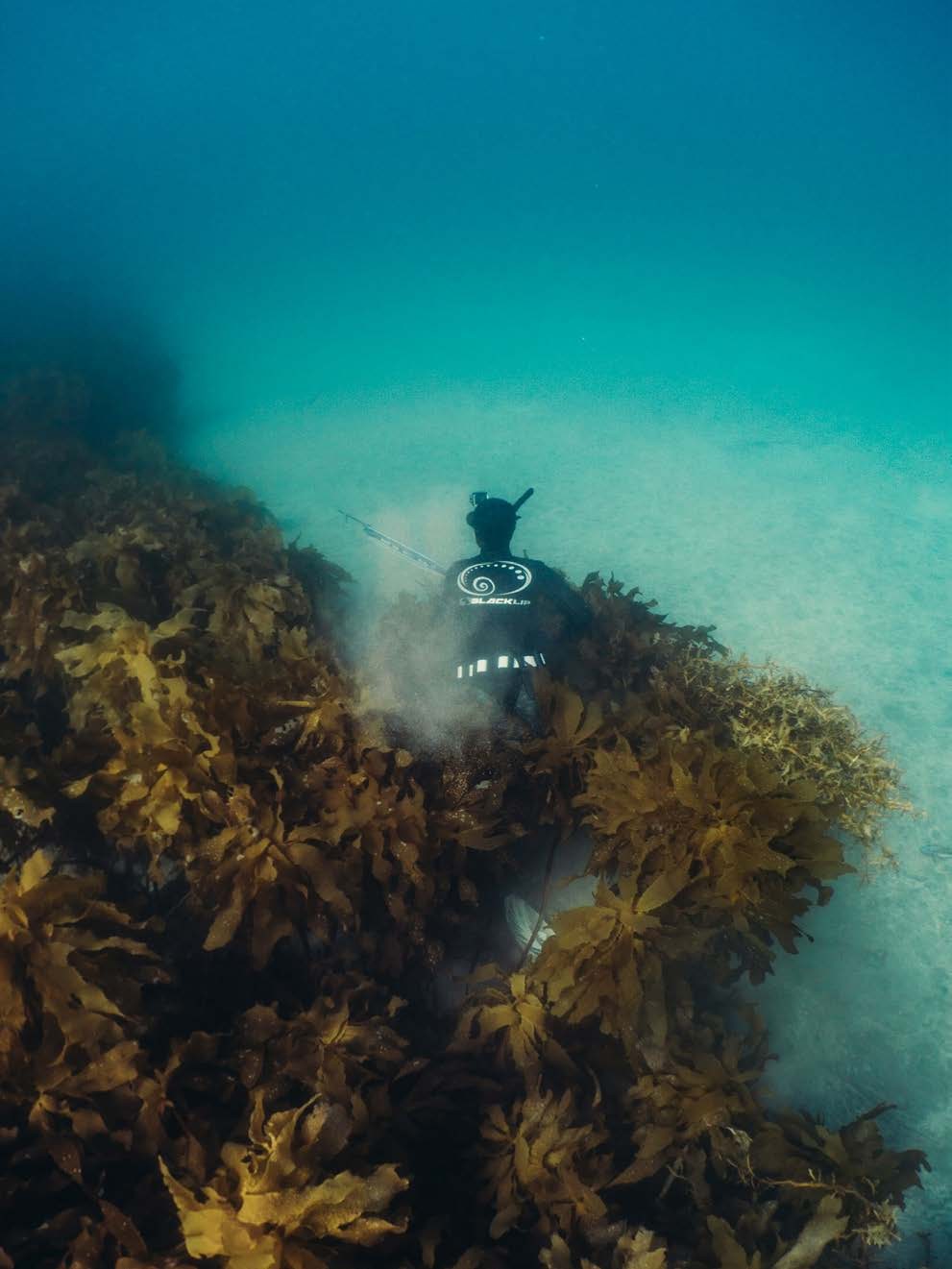
The giant boarfish Paristiopterus Labiosus, also known as the ‘sow fish’ or ‘duck fish’, is a species of armourhead that is iconic along the North Island weedlines, making an annual appearance in the shallows during the warmer months. These comical-looking creatures use their elongated snout to burrow into the sand, digging up the worms and invertebrates that make up most of their diet.
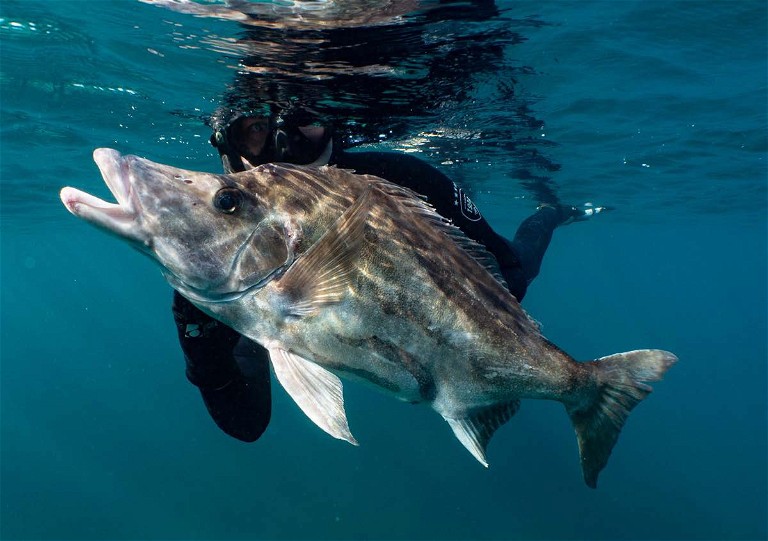
The species is seldom caught by rod fishermen because sand-dwelling worms are challenging to mimic with lures, and they will not take bait. For spearos, however, they are a great target species that are relatively easy to secure once located.
The weedlines are the favoured hangout of boarfish, and they can be found either on the sand next to the edge or parked up in the weed. They can be easy to miss on a dive as they often sit stationary, camouflaged in the kelp until you swim closer, at which point they can get spooked and hightail it out of sight.

When spearfishing for boarfish, the best technique is to swim along the weed edge, looking for any shape that resembles a stationary fish; this often ends in a piece of kelp or an unfortunate red moki being snuck up on. If there are bends in the weed edge that could offer a place to hide, or an eddy in the current that is holding some bait fish, then diving and laying on the bottom will sometimes pique the curiosity of the fish if they are nearby to come out of the kelp and have a look at you.
A typical weedline depth would be in the 10-20m range, and if the visibility is good, you can often-times spot the fish from above. Being tall and skinny means the fish don’t see above very well, which is lucky for spearos as this is where most attempts at them are executed. I have found success dropping directly above the fish and then, once within reasonable shooting range, angling out a little and placing the classic top-down, side-to-side shot that usually pins them to the sand. The boarfish is not known for its fighting ability and will occasionally sit with a spear in it until your dive buddy shoots the fish next to it; this is a characteristic that you don’t see in any other fish species. One tip to keep in mind once you have shot down into the sand is not to return to the surface straight away and start retrieving, as the sand can stop your flopper engaging, and I have seen it happen where the spear gets pulled straight out of the fish.
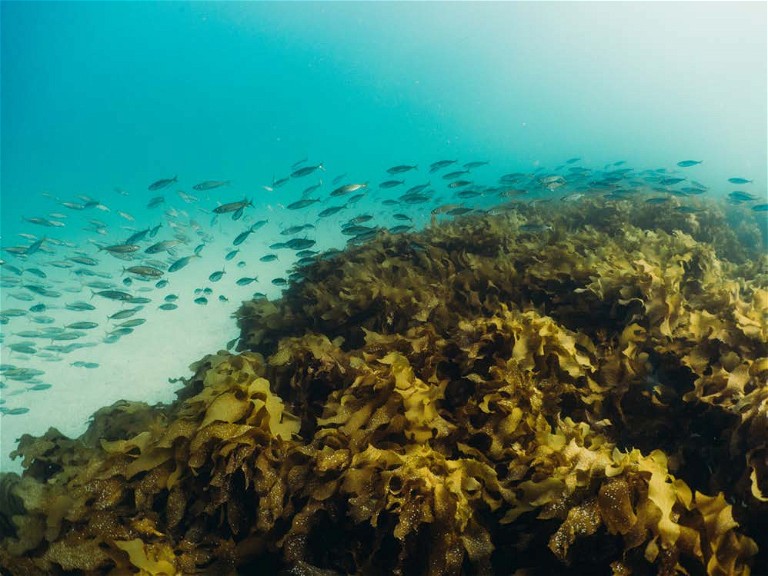
“ When spearfishing for boarfish, the best technique is to swim along the weed edge, looking for any shape that resembles a stationary fish. ”
I don’t want to name any names, but I was in the water with a friend who shot and missed the same boarfish twice before getting it on the third attempt. For those not familiar with spearfishing: the opportunity to shoot at the same fish three times is not presented often and is only offered by the doziest of fish.
The patterns on boarfish vary between sexes, with the males being dark coloured with light spots, and the females sporting a dark/light banded pattern. A lot of the time, the bigger fish will be female and nearby will be the typically smaller male. The juveniles are likely to be in shoals, while the mature fish are more often in pairs.
Giant boarfish is included in the combined daily bag limit for recreational fishers. Not much is known about the life cycle and age of the fish, so, without knowing the impact we have on the species, it is crucial to be conservative with our take – boarfish on shallow weed edges are susceptible to overfishing. Boarfish are also slow growing, and a fully mature fish of 9kg can be up to 35 years old.
Giant boarfish is a non-QMS species, but no sale or possession for sale is permitted in the Kermadec to Auckland region, which is their primary habitat. Boarfish are often caught as bycatch of set netters and bottom trawlers. Little information is available on the biology and life histories of the fish, so it is unknown if current commercial catches are sustainable.

“ Aotearoa used to be home to millions of kiwi, but this number has dwindled to roughly 68,000 and is continuing to drop by 2% every year. ”
The eating quality of a boarfish is fantastic, and the closest thing it could be compared to is a thick fillet of john dory – or for those who have eaten cobia, it is a similar white, succulent meat that is best left plain with some butter and lemon. It is easy to overcook and will turn rubbery, so the way I get around that is to leave the skin on the fillet and fry in butter until the skin crisps up, after which I squeeze a generous amount of lemon into the pan to deglaze it, then flip the fillet meat side down and take it off the heat whilst covering it with a lid and letting it steam for the last part of the cook. You will be left with delicious lemon butter sauce and some melt-in-your-mouth fillets. The boarfish will typically start congregating on the weedlines from early in the year when the water is between 18 and 20 degrees, though in saying that, I shot one last season in the first week of November when the water was still 15 degrees.
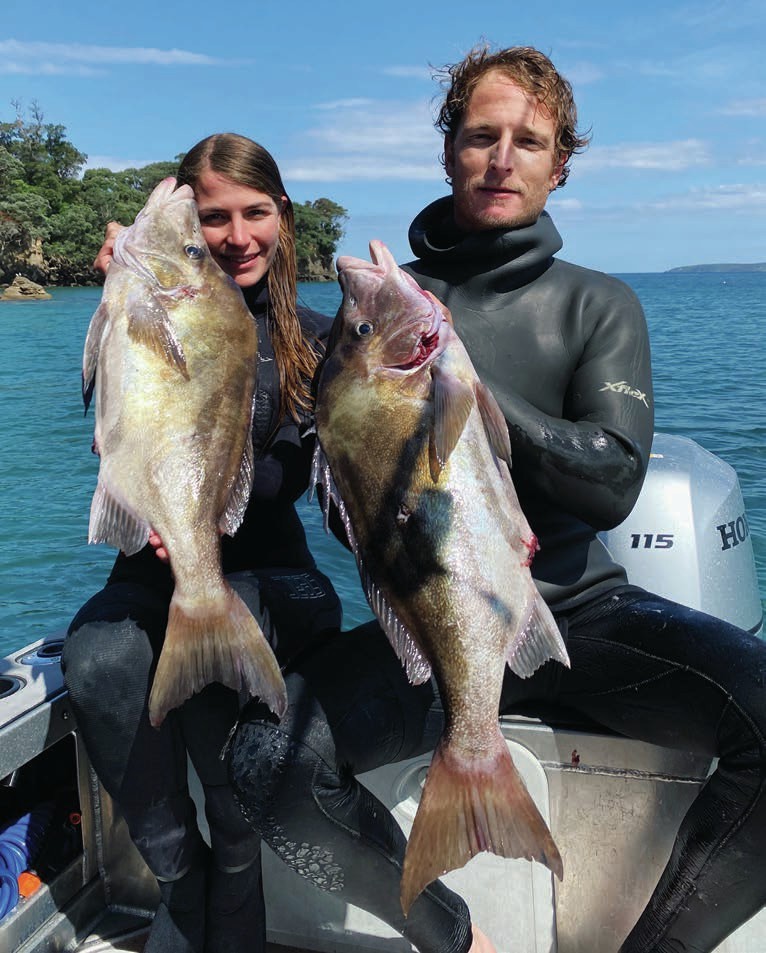
For the fishos feeling left out, I am confident that with the increase in the use of softbaits and lure fishing, it is only a matter of time before there is a consistent way to target the boarfish on a rod; it will undoubtedly be more of a challenge than targeting snapper.
